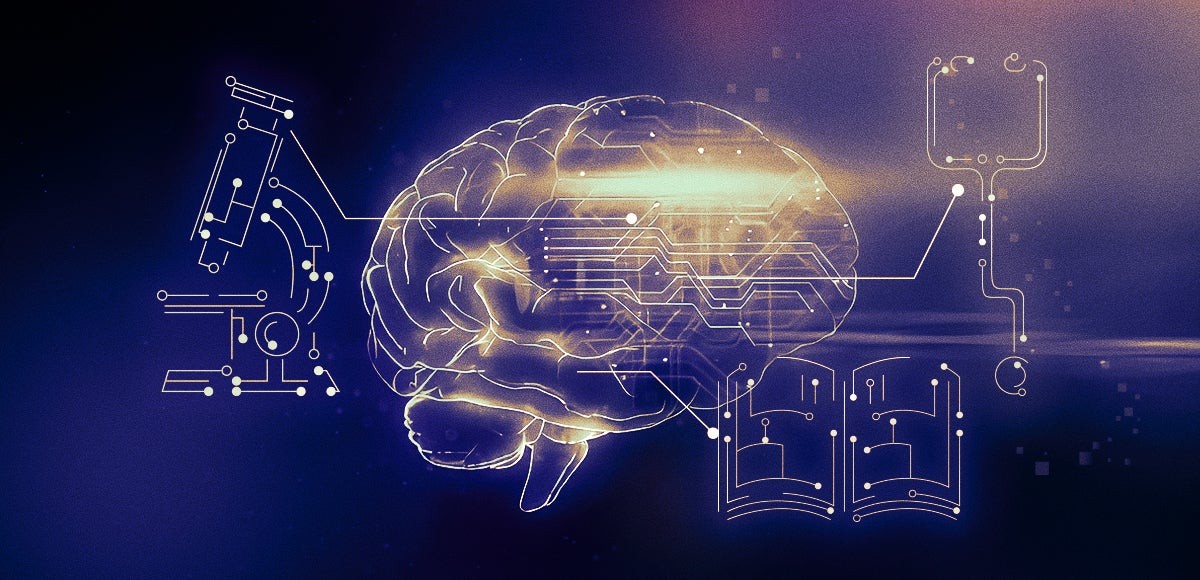
As Microsoft celebrates its 50th anniversary, the tech giant stands at a fascinating crossroads - simultaneously pushing boundaries in artificial intelligence while working to shed its old reputation as a closed, controlling corporation.
The company's journey through five decades reveals both evolution and stubborn consistency. Take Dr. Jaime Teevan's story - she joined Microsoft's research division in 2006 fresh from MIT's AI program, choosing the tech giant despite its struggles during the mobile revolution. Her decision highlights how Microsoft maintained pockets of innovation even during its darker periods.
Today's Microsoft bears little resemblance to its 1990s persona. The company has transformed into an AI powered humanoid robots powerhouse, investing billions in OpenAI and weaving machine learning capabilities throughout its product lineup. Its research division, which attracted talents like Teevan, laid the groundwork for this AI-first future.
Perhaps most surprisingly, Microsoft has embraced open-source development - a dramatic shift for a company once notorious for its proprietary approach. The acquisition of GitHub and active participation in open-source projects signal this cultural transformation.
Yet some argue Microsoft's core nature remains unchanged. Critics point to aggressive bundling of AI features into Windows and Office, reminiscent of past antitrust issues. The company's market dominance in enterprise software also raises familiar concerns about vendor lock-in.
As Microsoft enters its sixth decade, it walks a tightrope between innovation and control. While championing AI advances and open collaboration, the company hasn't fully escaped its monopolistic tendencies. This tension between old and new Microsoft may define its next chapter.
In many ways, Microsoft at 50 embodies both technical progress and corporate constancy - an AI pioneer and open-source advocate that still knows how to throw its weight around. The next decade will reveal whether this duality helps or hinders its continued relevance in the tech landscape.